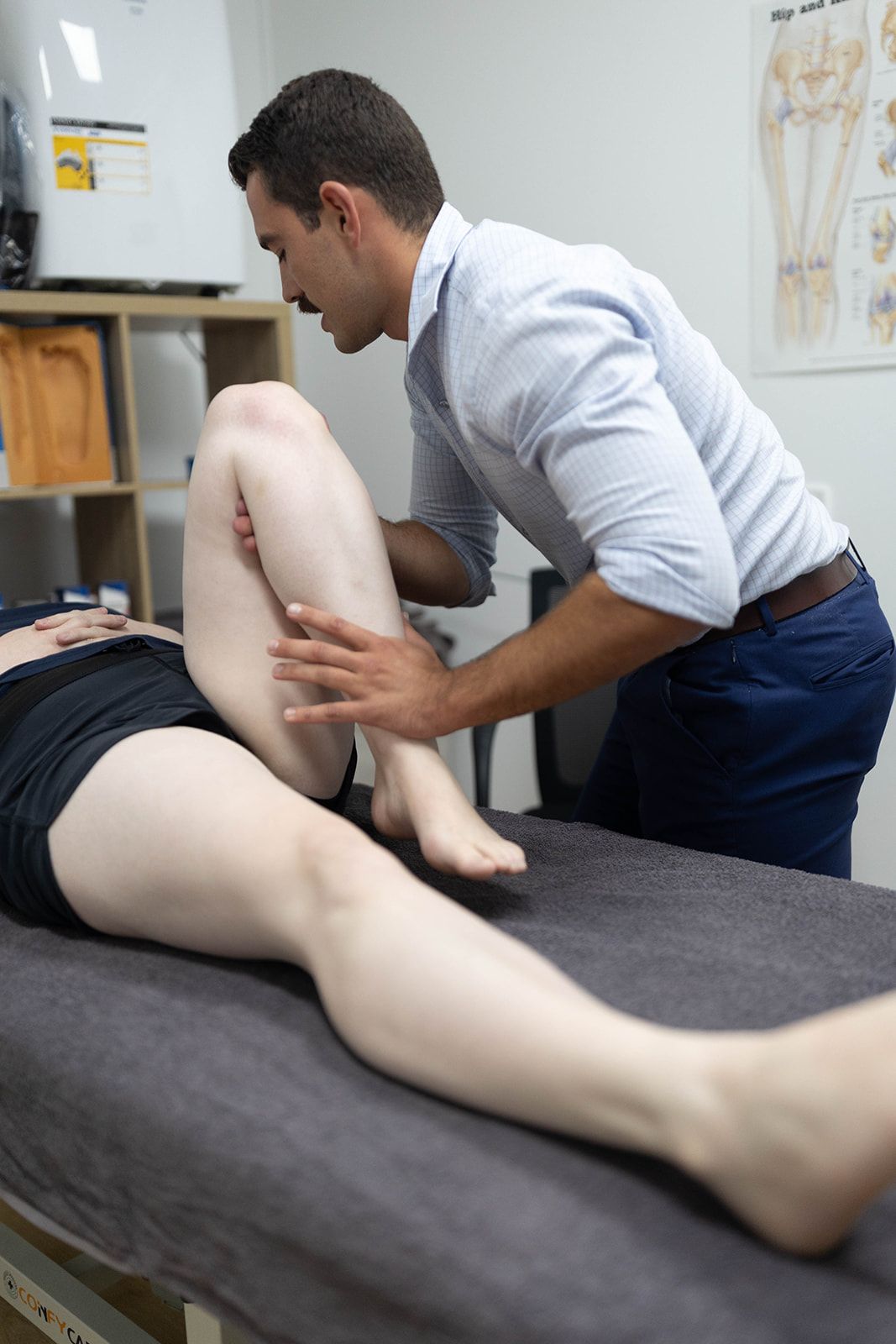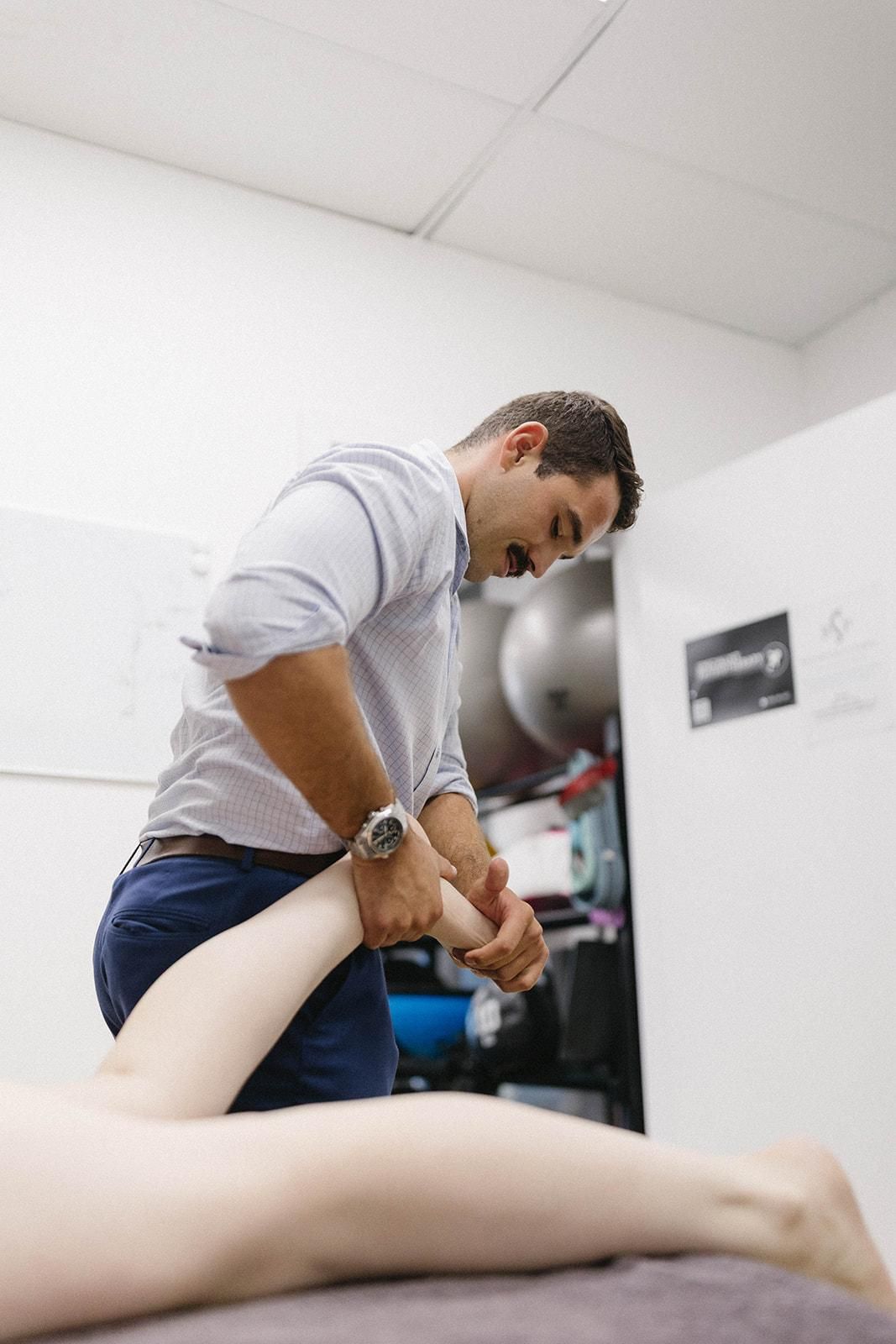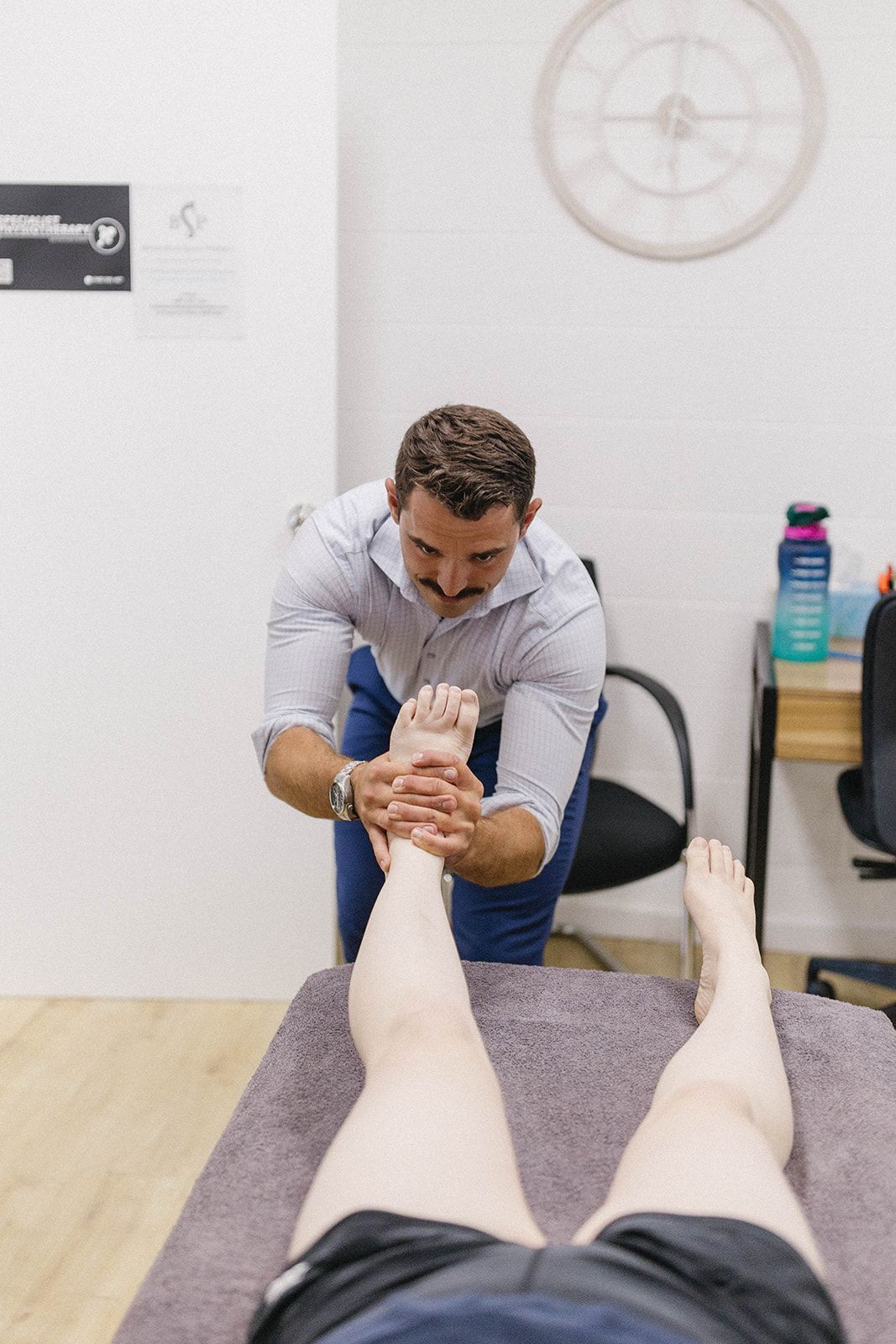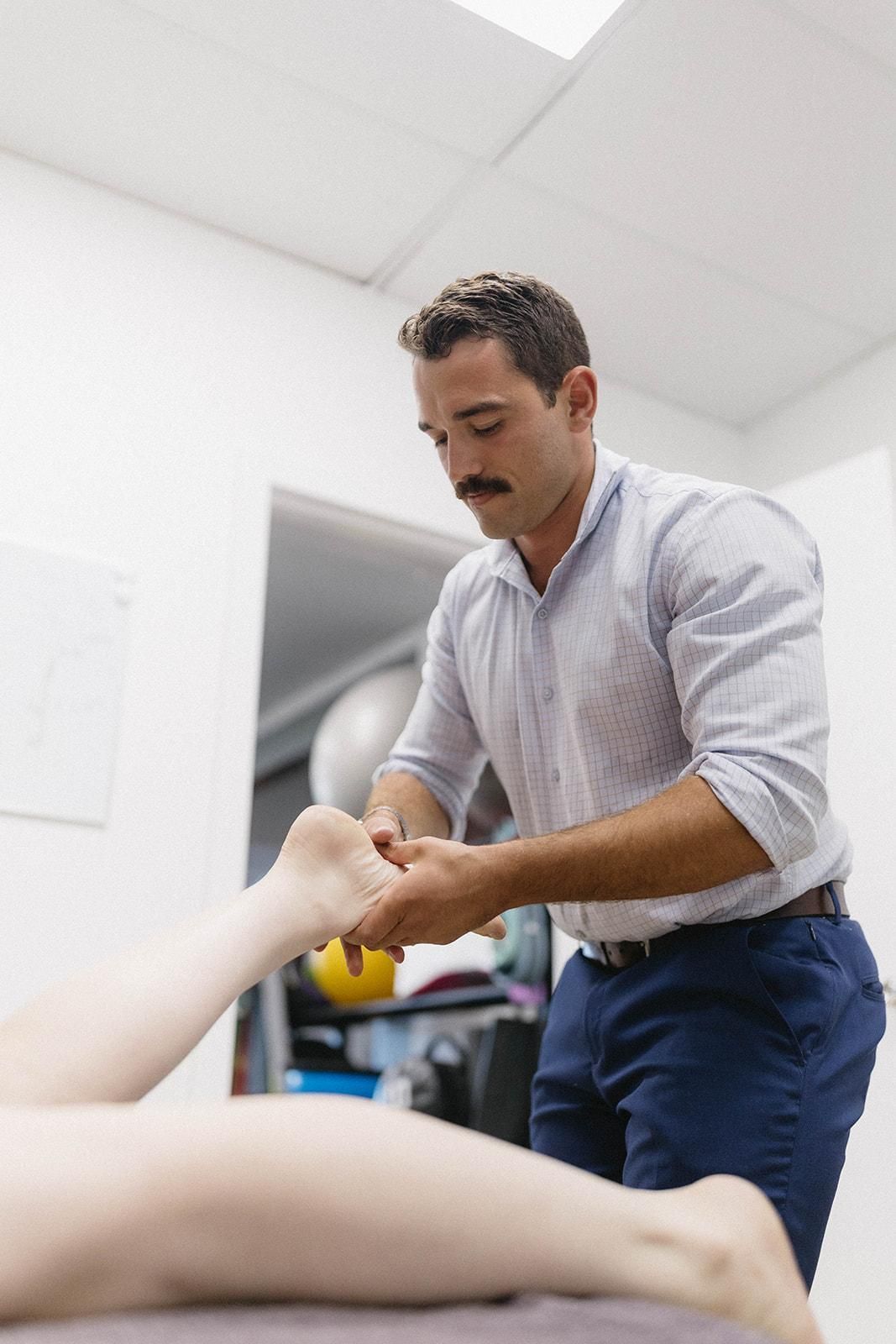Biomedical Sports Podiatry
Sports Podiatrist in Forster
We use advanced movement analysis and tailored treatment plans to support long-term foot function, mobility, and performance.
Foot & Movement Care
Forster Sports Podiatrist
Whether you're recovering from an injury or looking to prevent one, a sports podiatrist focuses on how your feet, joints, and muscles move in action. At Biomedical Sports Podiatry in Forster, we work with people across all activity levels—from casual walkers to dedicated athletes—offering podiatry services that help you better understand and manage your movement. We use tools like gait analysis, pressure mapping, and range of motion testing to assess how your body functions under load.
Our approach to sports podiatry goes beyond treating symptoms. We look at how your body is loading during exercise, whether your footwear matches your movement, and how your joint and muscle mechanics may be affecting your performance. This gives us a broader picture of why pain or injuries may be recurring and helps us guide long-term strategies to reduce impact and support recovery.
We support patients across Taree, Gloucester, Diamond Beach, Pacific Palms, Nabiac, and Old Bar. Learn more about our podiatry services or call 0466 691 935 to make a booking.
Targeted Support
Treatment For Active Feet
Pain with movement is often caused by how the body loads and adapts—not just by a single injury. That’s why we assess your whole movement system, not just the part that’s sore. A sports podiatry appointment may include running assessments, joint mobility testing, and soft tissue evaluations, depending on your needs.
Treatment options are selected to match your current training volume, recovery goals, and day-to-day activity. These may include load management, orthotics, dry needling, foot mobilisation, or prolotherapy. Our goal is to support your recovery without overcorrecting or interrupting your training unnecessarily.
If you’ve been working around pain or modifying how you train to avoid discomfort, it may be time to have your movement assessed. Our clinic provides tailored treatment with a clear path forward—so you can move with more clarity, comfort, and control.
Injuries & Conditions
What We Treat
At Biomedical Sports Podiatry, we diagnose and treat a wide range of sports-related injuries and conditions affecting the feet, ankles and lower limbs. Whether you're a weekend runner or a professional athlete, we understand how critical proper foot function is to performance and recovery.
Common conditions we treat include plantar fasciitis, Achilles tendinopathy, shin splints, stress fractures, heel pain, ankle sprains and tendon injuries. We also address biomechanical issues like flat feet or high arches that may lead to recurring injuries.
Our approach combines advanced gait analysis, custom orthotics, footwear advice, exercise rehabilitation and evidence-based therapies. At Biomedical Sports Podiatry, we’re committed to helping you move better, recover faster and return to sport with confidence.
Need Help?
Frequently Asked Questions
What does a sports podiatrist do?
A sports podiatrist focuses on how the feet, ankles, and lower limbs function during activity. They assess movement patterns, identify causes of pain or imbalance, and provide treatment options tailored to sport, recovery, or performance. This may include orthotics, rehabilitation exercises, footwear advice, and load management strategies.
How is sports podiatry different from general podiatry?
Sports podiatry places more emphasis on biomechanics, performance, and load tolerance. It often includes movement analysis like gait or running assessments. While general podiatry addresses broader foot health, sports podiatry is geared toward those who are active, training, or experiencing activity-related pain or injury.
When should you see a podiatrist for sports injuries?
It’s a good idea to see a podiatrist if you’re noticing recurring pain with activity, delayed recovery, or sudden changes in movement. Early assessment can help identify the cause of discomfort and prevent the issue from progressing. Common reasons include heel pain, arch strain, shin splints, or recurring blisters.









